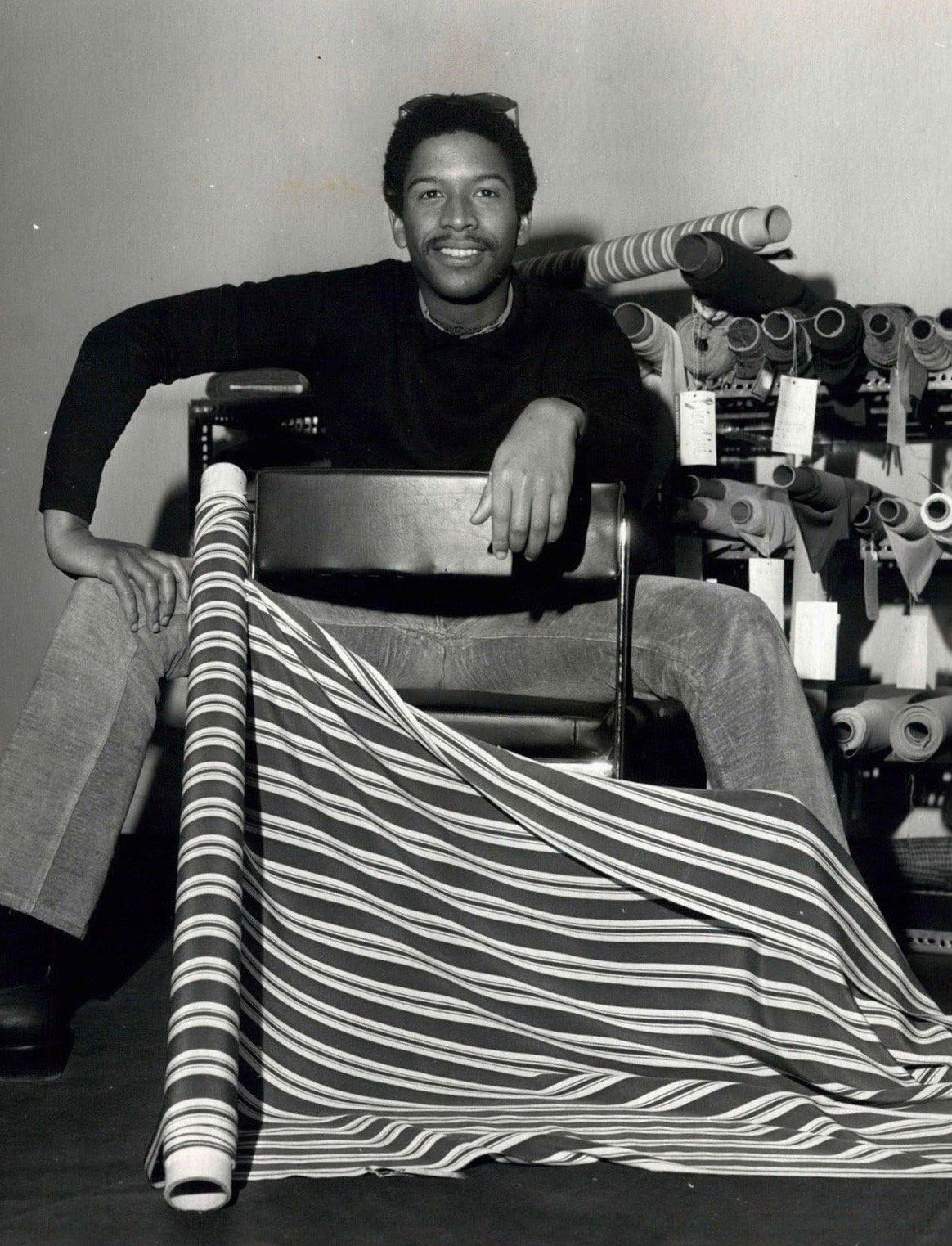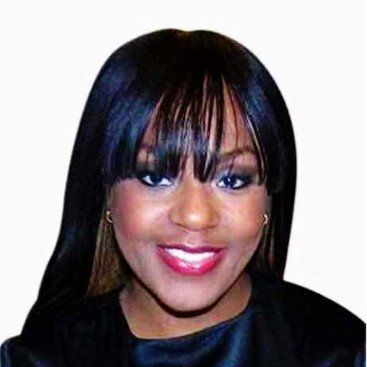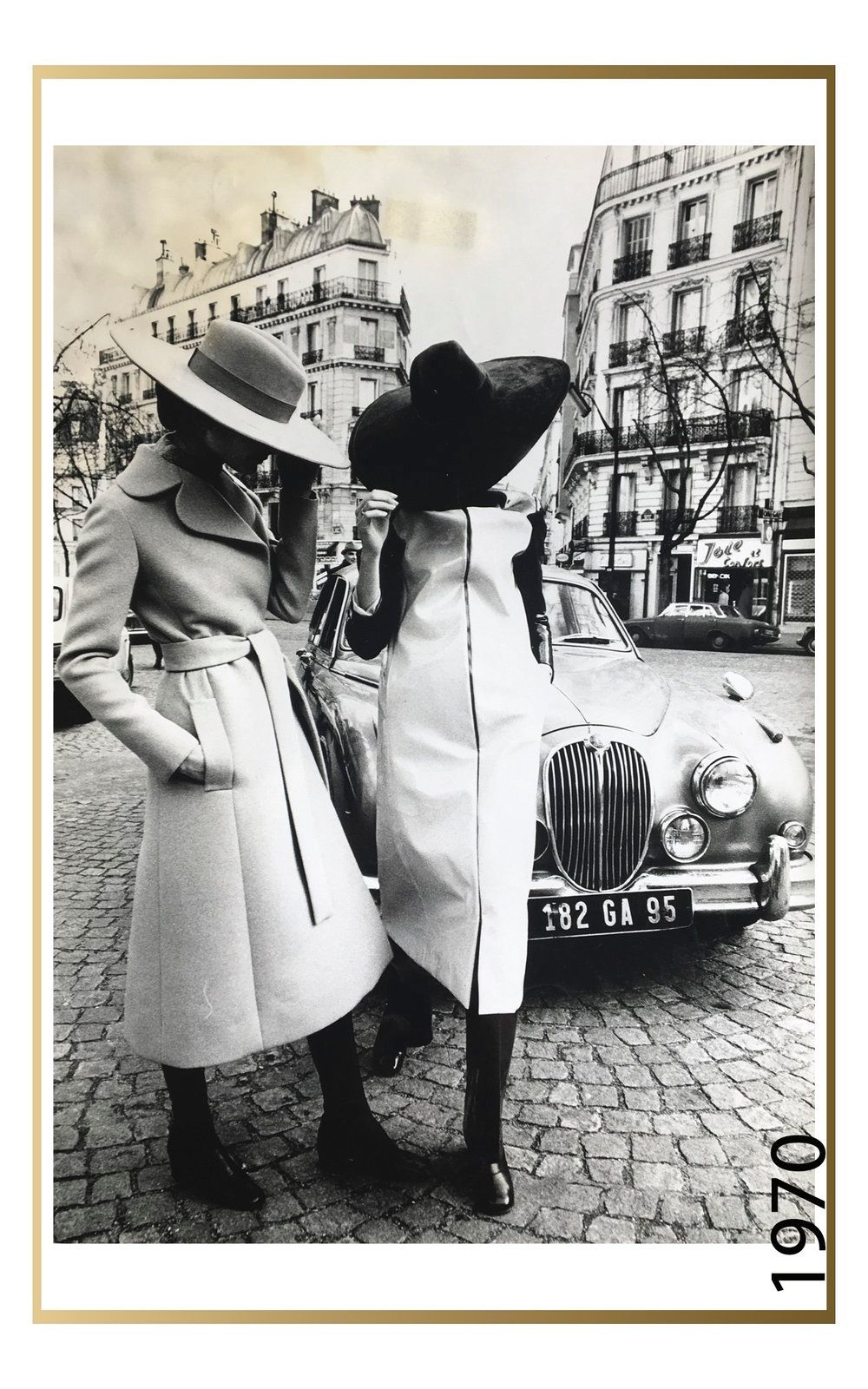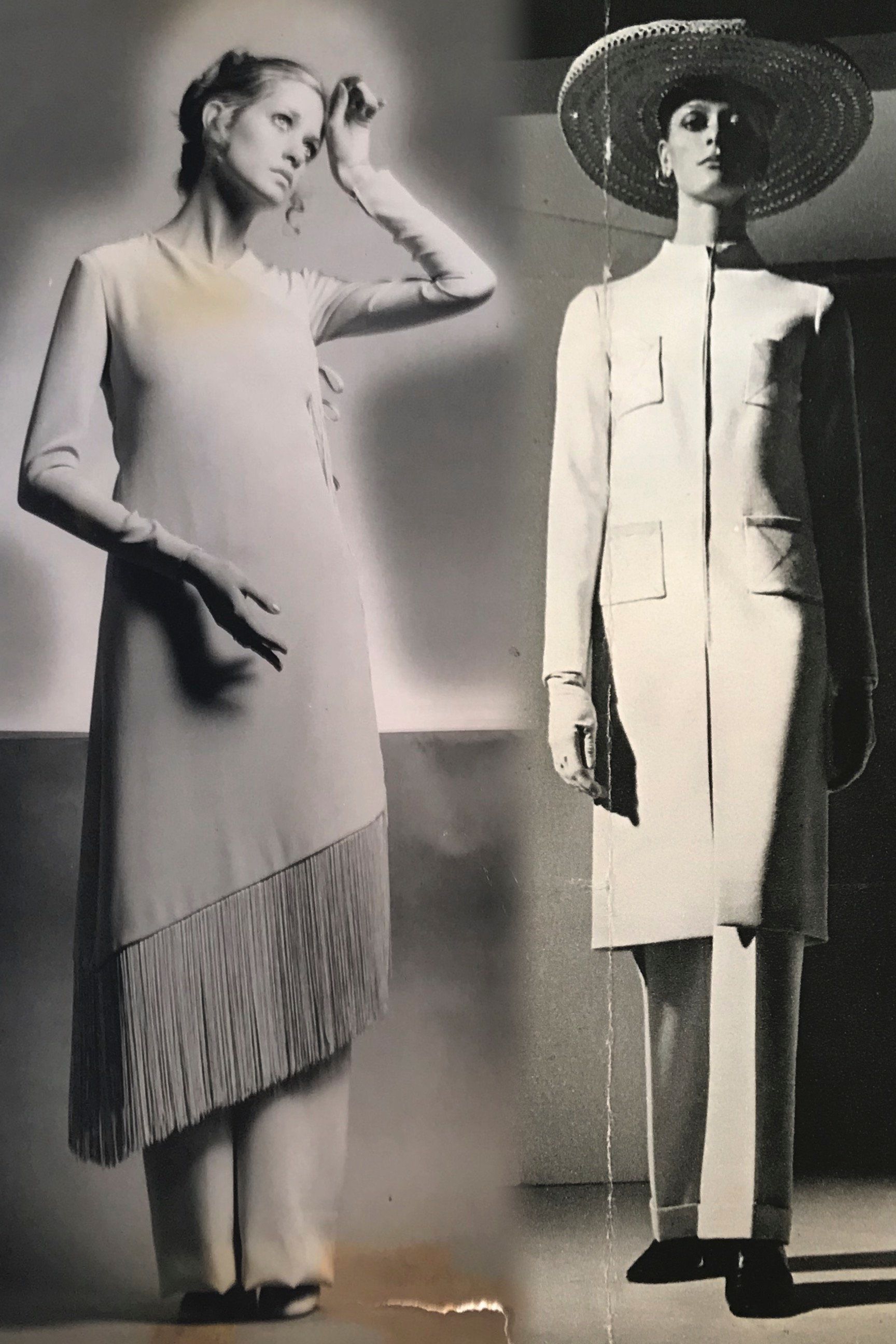Uncovering the Story of Jay Jaxon, an Unsung Black Queer Couturier & Costume Designer
In this exclusive interview, we speak to Rachel A. Fenderson (she/her, a fashion designer, historian, curator, and biographer who has dedicated much of her career in the past few years to archiving the history of Jay Jaxon (b. 1941), a gay black fashion designer from Queens, New York.

Rachel A. Fenderson (she/her) is a fashion designer, historian, curator, and biographer. She has dedicated much of her career in the past few years to archiving the history of Jay Jaxon (b. 1941), a gay black fashion designer from Queens, New York, with a prolific CV designing for renowned French fashion houses and the most respected department stores in America in the late 20th century. Rachel is now the lead authority on fashion designer Jay Jaxon, and she shares with us his life and work.
I first learned about Rachel’s work during my graduate studies in Paris. She went to the same master’s program I did (Fashion Studies) in Parsons Paris. Since she graduated before I arrived, I never got to meet her until I saw one of her exhibitions on Jay Jaxon at the Queens Public Library when I was home in NYC for one summer.
Since then, the story of Rachel Fenderson and Jay Jaxon’s career is one that I think about all the time. It’s one that reminds me that histories once forgotten always have a chance of being revived.
In this exclusive interview, I chatted with Fenderson on Jay Jaxon and his legacy.
Rocio Sanchez: Please tell us a bit about yourself.
Rachel A. Fenderson: I am a fashion designer, fashion historian, curator, biographer, and lead authority on fashion designer Jay Jaxon. I was born and raised in Queens, New York, to Jamaican parents. During my youth, I worked hard as a student all the while being drawn to fabrics, design, and creation. In 2011, my sister, Marshea Fenderson, and I founded the womenswear company Pepper Jacques in New York City.
By 2016, I decided to fully immerse my life and world into fashion by furthering my education in Paris, France. A few months after my arrival in Paris, I became an LVMH Talent and learned a great deal about Christian Dior Beauty. In 2018, I successfully defended my thesis JAY JAXON: A Biographical Study And Media Discourse Analysis Reinstating A Designer Into Fashion History and graduated with a Master of Arts in Fashion Studies at Parsons Paris, The New School. Pursuing this degree gave me the opportunity to write the first biographical thesis study on the designer Jay Jaxon with a foundation rich in research.

While singlehandedly developing Jay Jaxon’s designer archive, I garnered a great amount of material, objects, and oral history that allowed me to write the fashion biography of Jay Jaxon and exhibit his work at the Mona Bismarck (American Center For Art & Culture) in Paris (2018), Queens Public Library (2019), and at the Queens Historical Society (2020). In 2021, my academic research and curatorial work on Jay Jaxon was featured in both The New York Times and Vogue Magazine.
Sanchez: Can you please tell us about Jay Jaxon?
Fenderson: Jay Jason Jaxon was born Eugene Jackson on August 30, 1941, in Queens, New York to Ethel Rena-Jackson and Sidney Jackson. He is the youngest of five and has a fraternal twin. Jaxon grew up to be a fashion designer, making his historical imprints on the concrete streets of New York City, as well as the cobblestoned roads of Paris, and lastly on the Hollywood walk of fame in Los Angeles. Jaxon established a brand heralding his newly recommended and officially changed name of “Jay Jason Jaxon”, prior to his leave for Paris in 1968. During the late 60s in New York City, Jaxon designed for Jobere, Junior Sophisticates, Donald Brooks, and Anne Klein for Royal Lynn. Jaxon sold his own pieces to the luxury department stores Henri Bendel, Bonwit Teller, and Lord & Taylor, earning enough money for him to pursue fashion abroad.
In February of 1968, Jay Jaxon moved to France, the beginning of his career in Paris would commence a few months prior to the assassination of Dr. Martin Luther King Jr. a prominent leader of the Civil Rights Movement in America as well as the May 1968 massive student led protest in Paris. Jaxon gained a wealth of design knowledge by working for these couture maisons: Jean-Louis Scherrer as the Head Designer / Assistant Designer, Yves Saint Laurent and Marc Bohan for Christian Dior as an Assistant Designer. In the mid 70s, Jaxon returned to New York City and once again created his own collections, while designing for Pierre Cardin, Jay Jaxon for Benson & Partners, Jou-Jou, Jay Jaxon for Muney, John Kloss, and Jay Jaxon for The New Pliers.
Lastly, in the mid 80s, Jaxon moved out to California at the persuasion of his “play cousin” Lester Wilson, the renowned choreographer. While in Los Angeles, Jaxon designed for Jill Richards, created theatrical costumes for celebrities such as Thelma Houston, Diahann Carroll, Sammy Davis Jr., and Luther Vandross. For television shows, he designed costumes for: The Division, Angel, Ally McBeal, and Sabrina, The Teenage Witch. In film, Jaxon created costumes on behalf of Mr. & Mrs. Smith, The Men’s Club, and in stage for: Ailey Celebrates Ellington, and The Colors of Christmas. On July 19, 2006, Jay Jason Jaxon succumbed to cancer with his love and life partner Lloyd Hardy by his bedside.
Sanchez:Where did Jay Jaxon fit within the historical fashion market?
Fenderson: Jay Jaxon’s fashion design contributions in fashion history are significant achievements in the fashion industry, but perhaps the most important accomplishment is in having the entrepreneurial spirit to start a brand that bore his name, thus enabling Jaxon’s travels to Paris. As a result, the (1970 Spring / Summer) haute couture collection would be released for the French haute couture Maison Jean-Louis Scherrer. Jaxon would make history by becoming the first American and African American to create haute couture for Paris at the maison Jean-Louis Scherrer in 1969, as proclaimed by the media.
Jaxon was able to be forward thinking in that he would create his own collections with his own name in New York, Paris, and reigniting it in New York upon his return in the mid to late 70s. By doing this ensured that we knew who the designer behind the label was during his leadership. Once more Jaxon protected and preserved his own legacy by archiving his fashion historical contributions in a portfolio which documents his design career through images, newspaper clippings, and magazine tear sheets emblazoned with his signature. Designers of today can follow in Jaxon’s footsteps by documenting and creating a digital archive of their digital footprint from screenshotting to recording their websites, capturing and archiving their social media presence, in addition to physically saving and scanning newspaper and magazine articles. Throughout my research, it was astounding that a minute amount of information was available about Jay Jaxon as a designer, when over 50 newspaper articles were written and reprinted about him during his lifetime. Entrepreneurs must take control of their own narrative and destiny by determining what their legacy and brand heritage will posthumously say once they have passed on.

Sanchez: What impact did Jay Jaxon have in the world?
Fenderson: Jay Jaxon was multitalented and faceted, he was able to design for multiple brands in tandem, creating evening wear, denim, suits, jackets, outerwear, haute couture, and ready-to-wear. Jaxon also utilized all of his skill sets in fashion creation such as patternmaking, illustration, technical flats, draping, and sewing. Designers and entrepreneurs should take a page out of his book, and do the same, be all that you can be, use all of your talents, and multitask. Once more, Jaxon was also able to pivot and make a complete career shift to design mainly for Hollywood at the later part of his career. He went back to school and received a business certificate from the University of Southern California which further allowed him to pursue his dreams of creating a new brand dedicated to plus size fashion. These dreams were not realized as Jaxon’s bout with cancer returned.
Jaxon’s story lived in infancy on the mediated stage and needed to be reinserted in the historical narrative. I pursued this, by writing the first academically investigative biographical study and media discourse analysis on Jay Jaxon for my master’s thesis at Parsons Paris. As a result, Jaxon’s fashion designer archive has now materialized through the cultivation of sources I amassed from my research. Presently, this designer archive which I have individually built consists of interviews, books, garments, photos of garments in production, family photos, illustrations, newspaper articles, legal documentation, resumes, press releases, business cards, clothing labels, and Jaxon’s portfolio.
Jaxon’s intuitive foresight speaks directly to being an entrepreneur, archivist, and oral historian which helped to ephemerally secure his place in history although he was obscured from the historical narrative. The most important and valuable lesson that can be learned from Jaxon’s legacy is not only in his perseverance to kick over blockades while leaving the door open for more to follow, but also in his own legacy and history preservation.

For more information on Rachel A. Fenderson and Jay Jaxon visit Fenderson’s website.





